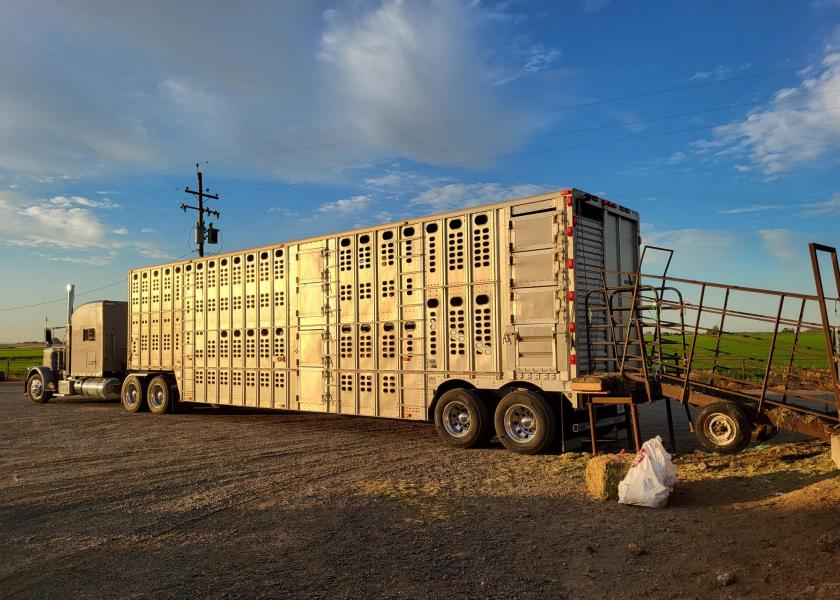Will Coastal Herds Move Inland?

“Good times don’t last forever, but neither do bad times.” The same can be said about milk prices, as the good milk price that appeared in 2022 looks to be fading and not hanging around for another year. This is the unfortunate story that every dairy producer is now talking about.
Tanner Ehmke, lead dairy economist with CoBank, says that indeed milk prices are going to trend on the lighter side for at least the first quarter, if not the first half of 2023, while feed prices are not coming down.
“Probably by the middle of next year, cow numbers will shrink after seeing growth stall for several months,” Ehmke says.
Growth Continues
With new cheese processing capacity coming online in the Texas Panhandle, Ehmke says that will add more tailwind to the herd growth in Texas.
“Same thing in South Dakota and all of these growth areas are cheese-producing states,” he says.
“All the milk is going to new cheese capacity. That's underpinning local prices and firming their basis.”
Another story that continues to unfold is the shift of herds inland.
“This long-term trend of migration from the coastal areas to the central states where costs are lower will continue,” Ehmke says.
Driving the reduction of cows leaving coastal states stems from water scarcity issues and feed availability.
“I think the biggest example is what's going on in New Mexico and Texas, right there on the border states. You're seeing New Mexico dairy herds moving to Texas, and that's going to continue.”
Ehmke says that New Mexico infrastructure is bracing for that to continue in the next several months with the continuation of herd liquidations.
“And they’re going to the Panhandle,” he says.
Factor in the drought, coupled with the record-low level of reservoirs, and states like California are going to continue to get hit with reduced water allocations.
“They already are faced with high feed prices and record high hay prices, which does not necessarily guarantee that those acres are going to be stable when you have reservoir levels so low,” he shares.
Ehmke says the dual stress facing states like California, with high labor costs is going to push herds out of the Golden State.
“The similar dynamic is happening elsewhere. New Mexico cows go to Texas; California cows are going to nearby states, like Idaho,” he says. “Kansas is pushing to bring more of these dairies in from California, as are eastern Colorado and South Dakota. I don't think that momentum is going to change, especially when you’ve got feed prices and labor costs so high in California and a lot of these other coastal states, too.”
Another story that will continue is more herd consolidations.
“Those inflationary pressures are going to add more momentum to consolidation inevitably,” Ehmke says. “Herds in growth areas, like Texas and Idaho, are going to continue to get bigger.”







